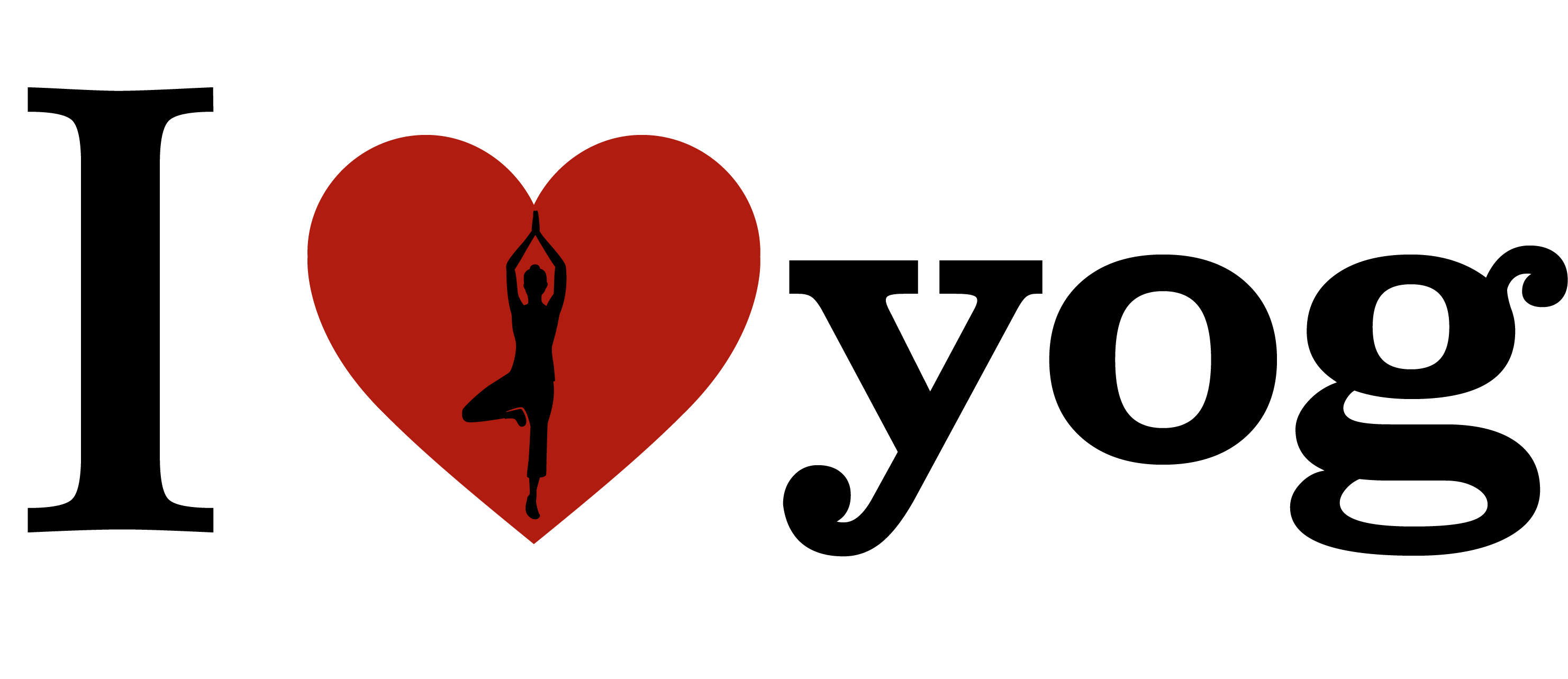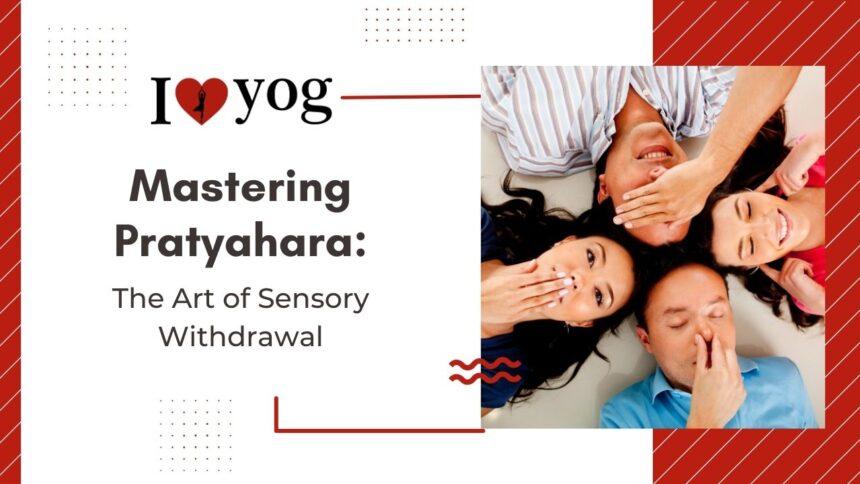Welcome to the realm of Pratyahara, where the art of sensory withdrawal opens a doorway to inner peace and self-discovery. In the fast-paced world we live in, mastering Pratyahara can be your secret weapon for finding calm amidst chaos. Join us as we delve into this transformative practice and uncover how it can revolutionize your yoga journey and daily life.
Understanding Pratyahara and Its Importance in Yoga
Pratyahara, the fifth limb of yoga, is often referred to as the withdrawal of the senses. It involves redirecting our focus inward, away from external distractions. By consciously disengaging from stimuli like noise and visual clutter, we create space for introspection and self-awareness.
In a world bombarded with constant sensory input, Pratyahara acts as a shield against overwhelm. It allows us to detach from the external chatter and tune into our inner voice. This practice forms a crucial bridge between the physicality of yoga postures (asanas) and the mental disciplines of meditation.
By honing Pratyahara, practitioners can cultivate heightened concentration and enhanced mindfulness. Through this process of sensory control, one can tap into profound states of tranquility and clarity. Embracing Pratyahara in your yoga practice paves the way for deeper spiritual growth and emotional balance.
The Five Senses and Their Impact on Our Mind
Our senses act as the gateway to our experiences, shaping how we perceive and interact with the world around us. The sights we see, the sounds we hear, the tastes we savor, the scents we breathe in, and the textures we feel all play a crucial role in influencing our thoughts and emotions.
Visual stimuli can evoke strong reactions, stirring up memories or sparking creativity. Auditory inputs have the power to soothe or agitate our minds. Taste and smell are closely linked to memory and can trigger nostalgia or comfort. Touch offers a sense of connection and grounding in our physical reality.
When these sensory inputs overwhelm us, they can lead to distractions, stress, and even anxiety. By practicing Pratyahara – sensory withdrawal – we learn to detach from external stimulations and cultivate inner focus and calmness amidst external chaos.
Benefits of Practicing Pratyahara
Pratyahara, the art of sensory withdrawal in yoga, offers a myriad of benefits for both the body and mind. By consciously turning our attention inward, we can detach from external distractions and cultivate a deep sense of inner peace and tranquility.
One significant benefit of practicing Pratyahara is heightened self-awareness. As we learn to control our senses and limit external stimuli, we become more attuned to our thoughts, emotions, and physical sensations. This increased awareness allows us to better understand ourselves and make conscious choices aligned with our true desires.
Moreover, Pratyahara helps reduce stress and anxiety by calming the nervous system and promoting relaxation. By detaching from the constant barrage of sensory input, we give our minds a much-needed break from stimulation, leading to greater mental clarity and emotional balance.
Additionally, regular practice of Pratyahara can improve concentration and focus. When we learn to direct our attention internally rather than being pulled in various external directions, we enhance our ability to stay present in the moment and engage fully with whatever task is at hand.
Techniques to Master Pratyahara
When it comes to mastering Pratyahara, there are various techniques that can help you achieve sensory withdrawal and inner focus. One effective method is practicing breathing exercises such as deep diaphragmatic breathing or alternate nostril breathing. These techniques can calm the mind and prepare it for sensory control.
Meditation and visualization are powerful tools in cultivating Pratyahara. By quieting the external stimuli through meditation and visualizing a peaceful, serene place, you can train your mind to detach from the senses and turn inward.
Another technique to master Pratyahara is through mindful eating and sensory deprivation practices. By savoring each bite of food without distractions or engaging in activities like floating tanks that deprive the senses, you can enhance your awareness of sensations while learning to detach from them.
Incorporating these techniques into your daily routine can help deepen your practice of Pratyahara over time. Experiment with different methods to find what works best for you in achieving sensory withdrawal amidst life’s distractions.
A. Breathing Exercises
Breathing exercises are a powerful tool in mastering Pratyahara, the art of sensory withdrawal. By focusing on our breath, we can calm the mind and create a sense of inner peace. One effective technique is deep belly breathing, where you inhale deeply through your nose, feeling your abdomen rise like a balloon, and exhale slowly through your mouth.
Another beneficial breathing exercise is alternate nostril breathing. This practice involves closing one nostril with your thumb while inhaling through the other nostril, then switching to exhale out of the opposite nostril. This helps balance the flow of energy in the body and quietens the mind.
You can also try box breathing – inhaling for a count of four, holding for four, exhaling for four, and holding again for four before repeating. This rhythmic pattern can help regulate emotions and reduce stress levels effectively. Breathing exercises are simple yet potent tools that anyone can incorporate into their daily routine to enhance mindfulness and cultivate self-awareness.
B. Meditation and Visualization
Meditation and visualization are powerful tools to help master Pratyahara. By quieting the mind through meditation, we can tune out external distractions and focus on inner awareness.
Through visualization techniques, we can create a mental sanctuary where our senses can retreat and find peace. Imagining serene landscapes or calming scenes can aid in sensory withdrawal.
Practice sitting in stillness, focusing on your breath to anchor your attention inward. As thoughts arise, acknowledge them without judgment and gently guide your focus back to the present moment.
Visualize a radiant light filling you with tranquility, allowing it to envelop you in a cocoon of serenity. Picture each sense slowly dissolving into this light until you feel completely absorbed by it.
Incorporating meditation and visualization into your daily routine can strengthen your ability to detach from external stimuli and cultivate inner stillness essential for mastering Pratyahara.
C. Mindful Eating and Sensory Deprivation
Imagine savoring each bite of your meal as if it were the first time you tasted it – that’s the essence of mindful eating. By paying attention to the colors, textures, and flavors of your food without distractions, you can fully immerse yourself in the present moment.
Sensory deprivation involves temporarily blocking out one or more senses to enhance awareness of others. In terms of mindful eating, this could mean dimming the lights or closing your eyes while dining to heighten taste sensations.
When practicing mindful eating and sensory deprivation together, focus on engaging all your senses in the dining experience. Notice how each bite feels in your mouth, listen to the sounds of chewing, and inhale deeply to appreciate the aroma of your food.
By incorporating these techniques into your meals regularly, you can cultivate a deeper connection with what you eat and develop a heightened sense of gratitude for nourishing your body.
Incorporating Pratyahara into Daily Life
Incorporating Pratyahara into daily life can bring a sense of calm and mindfulness to our hectic routines. Begin by setting aside dedicated time each day for sensory withdrawal practices. Find a quiet space where you won’t be disturbed, allowing yourself to fully immerse in the experience.
Start your day with a few minutes of deep breathing exercises to center your mind and body. Focus on your breath as it moves in and out, letting go of distractions from the external world. Incorporate meditation and visualization techniques into your daily routine to enhance mental clarity and concentration.
Practice mindful eating by savoring each bite without distractions like phones or screens. Engage all your senses while enjoying your meals, truly tasting the flavors and textures. Consider exploring sensory deprivation experiences like floatation therapy for deeper introspection.
By integrating Pratyahara practices into your daily life, you can cultivate a greater awareness of how external stimuli affect your internal state. Stay committed to these techniques to nurture inner peace amidst the chaos of everyday life.
Overcoming Challenges in Practicing Pratyahara
Embracing the practice of Pratyahara can be a transformative journey, but like any new endeavor, it comes with its own set of challenges. Distractions are everywhere, from the buzzing of technology to the constant demands of daily life. It’s easy for our senses to pull us away from inner stillness.
One common challenge is a wandering mind that struggles to stay focused during sensory withdrawal. Thoughts may drift towards past events or future worries, disrupting the present moment awareness essential for Pratyahara. Patience and gentle redirection are key in overcoming this hurdle.
Another obstacle is finding time amidst our busy schedules to dedicate to this introspective practice. Prioritizing self-care and setting aside even just a few minutes each day can make a significant difference in cultivating sensory detachment.
Moreover, external factors such as noisy environments or interruptions can hinder our ability to fully immerse ourselves in Pratyahara techniques. Creating a peaceful space and setting boundaries can help create an optimal environment for sensory withdrawal.
Remember, every challenge presents an opportunity for growth and learning on your path towards mastering Pratyahara.
Conclusion:
Mastering Pratyahara is a transformative practice that can lead to profound inner peace and self-awareness. By learning to withdraw our senses from external distractions, we can cultivate a deeper connection with ourselves and the world around us. Through techniques like breathing exercises, meditation, and mindful eating, we can enhance our ability to focus inward and find stillness amidst the chaos of everyday life.
Incorporating Pratyahara into our daily routines allows us to navigate challenges with greater clarity and resilience. By quieting the mind and tuning into our inner experiences, we can tap into a wellspring of strength and wisdom that lies within each of us.
As you embark on your journey to master Pratyahara, remember that it is a gradual process that requires patience and dedication. Be gentle with yourself as you navigate the obstacles that may arise along the way. With consistent practice and an open heart, you will begin to unlock the profound benefits of sensory withdrawal in your life.
May your exploration of Pratyahara bring you closer to your truest self and illuminate the path towards greater harmony, balance, and wellbeing. Embrace this ancient yogic practice wholeheartedly – for within its depths lies the key to unlocking boundless peace and tranquility in both body and mind.


